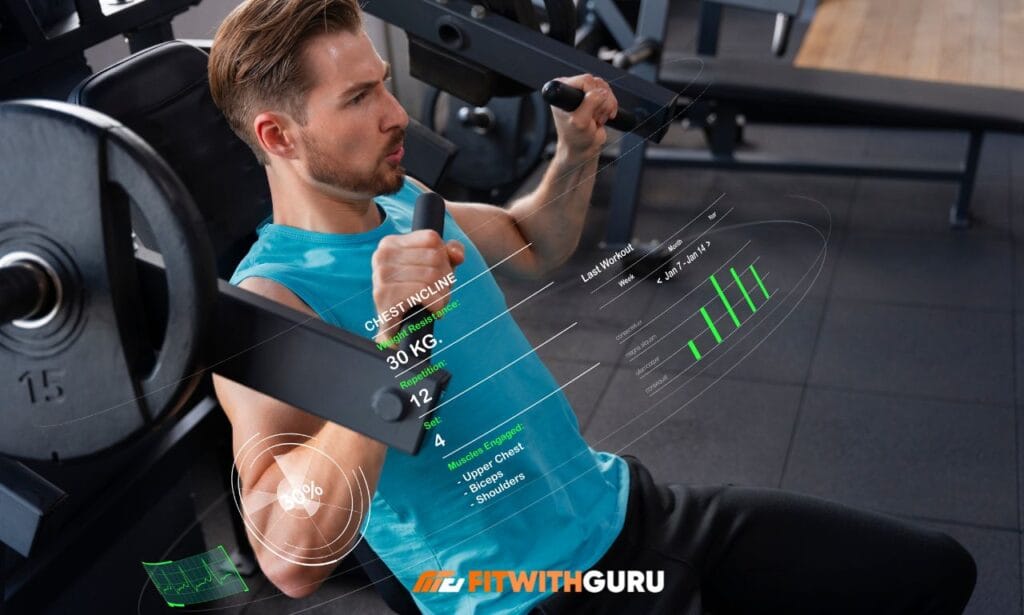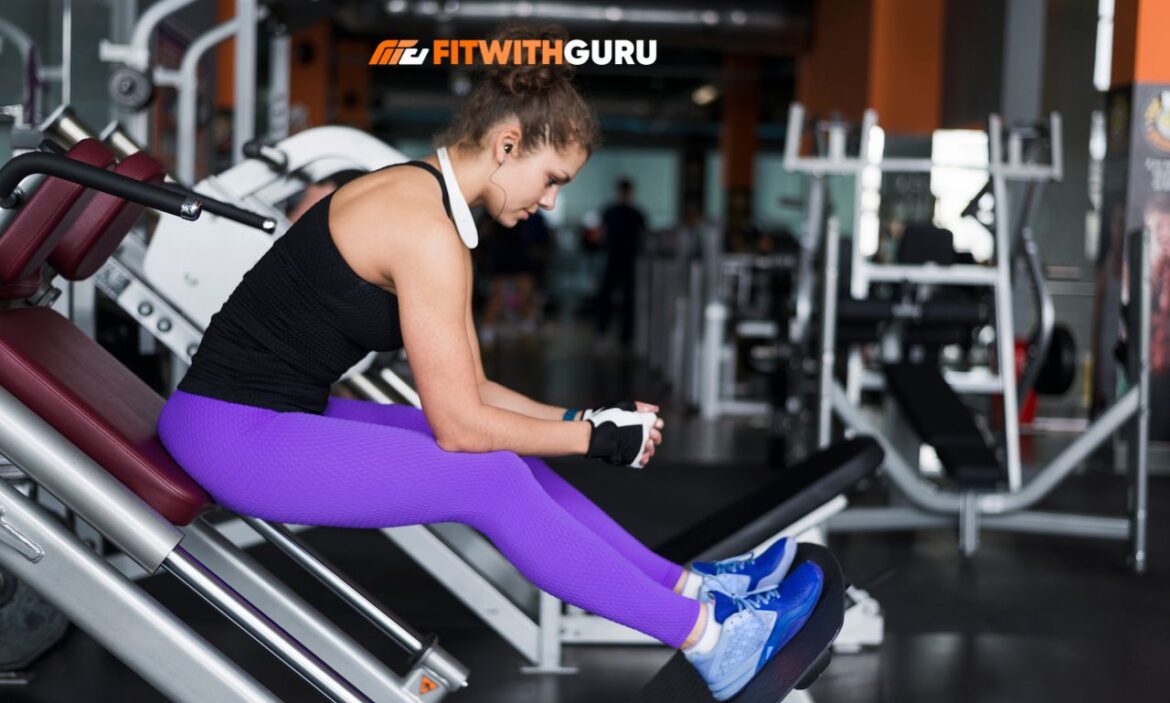Cardio workouts at gym offer one of the most effective pathways to burning fat, improving heart health, and building incredible endurance that transforms your entire fitness journey. Whether you’re stepping into a fitness center for the first time or you’ve been training for years, understanding which cardio exercises deliver maximum results makes all the difference between spinning your wheels and actually seeing dramatic changes in your physique.
The beauty of gym-based cardio lies in the variety of equipment and structured environment that home workouts simply cannot replicate.
Why Cardio Workouts at Gym Deliver Superior Results
The gym environment fosters accountability, which home workouts often lack. When you’re surrounded by other motivated individuals pushing themselves, you naturally elevate your own performance without even realizing it.
Cardiovascular exercise strengthens your heart, increases lung capacity, and creates the caloric deficit necessary for fat loss while preserving lean muscle mass. The equipment available at gyms allows you to precisely control intensity, track progress with digital displays, and gradually increase difficulty as your fitness improves.
Treadmill Interval Training: The Fat-Burning Powerhouse
Treadmill interval training is one of the most effective cardio workouts at gym for zburning stubborn body fat. This approach alternates between high-intensity sprints and recovery periods, creating an afterburn effect that continues melting calories hours after you finish exercising.
Begin with a five-minute warm-up at a comfortable walking pace, then accelerate to a challenging sprint for 30 seconds, followed by 90 seconds of moderate walking to recover.
Repeat this cycle eight to ten times, then cool down with five minutes of easy walking. As you progress, adjust the incline to simulate hill running, which activates your glutes and hamstrings more intensely than flat running.

Rowing Machine Full-Body Cardio
The rowing machine delivers a complete cardiovascular workout that simultaneously builds strength across your back, shoulders, arms, legs, and core. Many gym-goers overlook this incredible piece of equipment, yet it burns more calories per hour than most other cardio machines while developing functional strength.
A cardio gym workout plan for beginners should include 20-minute rowing sessions three times weekly, gradually building up to 30-45 minute sessions. The rowing machine places minimal stress on your joints while providing maximum metabolic demand, making it perfect for people recovering from injuries or those seeking low-impact alternatives.
Challenge yourself with 500-meter sprints followed by one-minute rest periods, or maintain a steady moderate pace for longer endurance-building sessions.
Stair Climber for Lower Body Sculpting
The stair climber transforms your lower body while delivering intense cardiovascular conditioning that leaves you breathless and sweating. This machine specifically targets your glutes, quadriceps, hamstrings, and calves while burning approximately 500-700 calories per hour, depending on your intensity level.
Begin with 15-minute sessions at a moderate pace, focusing on maintaining proper posture with your shoulders back and core engaged. Avoid leaning heavily on the handrails, which reduces calorie burn and diminishes the effectiveness of your workout.
As your conditioning improves, incorporate interval protocols by alternating between two minutes of fast climbing and one minute of slower recovery pace.
Stationary Bike High-Intensity Intervals
The stationary bike provides an excellent low-impact cardio option that protects your joints while still delivering impressive fat-burning results. This cardio workout plan at gym facilities typically involves both upright and recumbent bike options, each offering distinct benefits for different fitness goals.
A robust interval protocol involves cycling at maximum effort for 20 seconds, followed by 40 seconds of easy pedaling, repeated for 15-20 minutes. This approach, known as Tabata training, creates significant metabolic disturbance that continues burning fat long after you leave the gym.
Adjust the resistance knob to simulate hill climbs, which dramatically increases the intensity and challenges your leg muscles in different ways.
Elliptical Machine Steady-State Cardio
The elliptical machine offers a smooth, gliding motion that provides effective cardiovascular conditioning without the jarring impact of running. This makes it an ideal choice for a cardio exercise routine at gym spaces, particularly for individuals with joint concerns or those recovering from injuries.
For optimal fat burning, maintain a moderate intensity that allows you to hold a conversation but still feel challenged, sustaining this pace for 30-45 minutes. Push yourself to maintain 70-80% of your maximum heart rate throughout your session, checking your pulse periodically or using the machine’s built-in heart rate monitors. Vary your routine by occasionally pedaling backward, which shifts emphasis to different leg muscles and prevents adaptation plateaus.
Battle Ropes and Cardio Circuits
Battle ropes create an explosive, full-body cardio workout that builds power, endurance, and mental toughness simultaneously. These thick, heavy ropes challenge your cardiovascular system while developing grip strength, shoulder stability, and core control.
Basic wave patterns involve moving both ropes simultaneously in an up-and-down motion for 30-second bursts, followed by 30 seconds of rest. Incorporating battle ropes into a circuit with other exercises like burpees, mountain climbers, and kettlebell swings creates a devastating cardio workout that maximizes calorie burn in minimal time.
The metabolic demand of battle rope training triggers significant post-exercise oxygen consumption, meaning you continue burning calories at elevated rates for hours after finishing.
Boxing and Heavy Bag Training
Boxing training provides one of the most exhilarating and effective cardio workouts at gym while teaching valuable self-defense skills. Working the heavy bag combines cardiovascular conditioning with power development, coordination improvement, and incredible stress relief.
A typical boxing cardio session might include three-minute rounds of continuous punching combinations followed by one-minute rest periods, repeating for six to eight rounds. This form of exercise burns approximately 600-800 calories per hour while building lean muscle in your shoulders, arms, and core.
The mental engagement required to execute proper technique and combinations prevents the boredom that often accompanies traditional cardio machines.
Creating Your Personalized Cardio Gym Workout Plan for Beginners
Starting a cardio workout plan at gym facilities requires understanding your current fitness level and setting realistic, progressive goals. Beginners should aim for three cardio sessions weekly, allowing rest days between workouts for recovery and adaptation.
Each session should begin with a 5-10 minute warm-up at low intensity to gradually elevate your heart rate and prepare your body for more demanding work. Choose one or two of the cardio exercises mentioned above, performing 20-30 minutes at moderate intensity where you can still hold a conversation but feel challenged.
| Week | Duration | Frequency | Intensity Level |
| 1-2 | 20 min | 3x/week | Moderate (60-70% max HR) |
| 3-4 | 25 min | 3x/week | Moderate (65-75% max HR) |
| 5-6 | 30 min | 4x/week | Moderate-High (70-80% max HR) |
| 7-8 | 35 min | 4x/week | Variable (60-85% max HR) |
This progressive approach prevents burnout, reduces injury risk, and allows your cardiovascular system to adapt gradually to increasing demands.
Maximizing Fat Loss Through Strategic Cardio Programming
Strategic programming distinguishes between individuals who achieve dramatic results and those who plateau after initial progress. Combining different cardio modalities throughout the week prevents adaptation, challenges your body in varied ways, and maintains motivation through variety.
Monday might feature treadmill intervals, Wednesday could include rowing machine endurance work, and Friday might incorporate battle rope circuits. Combine your cardio exercise routine at gym with proper nutrition, adequate hydration, and sufficient sleep to create the comprehensive lifestyle changes that produce lasting transformation.

Frequently Asked Questions
How long should cardio workouts at gym last for fat loss?
For effective fat loss, aim for 30-45 minutes of moderate-intensity cardio or 20-30 minutes of high-intensity interval training. Beginners should start with shorter 20-minute sessions and gradually increase duration as fitness improves. Quality and intensity matter more than simply logging time on machines, so focus on challenging yourself appropriately rather than just going through the motions.
What’s better for burning fat: steady-state cardio or interval training?
Both steady-state cardio and interval training effectively burn fat, but they work through different mechanisms. Interval training creates greater post-exercise calorie burn and improves cardiovascular fitness more efficiently in less time. The optimal approach combines both methods throughout your weekly cardio workout plan at gym, providing varied stimulus and preventing adaptation plateaus.
Can I do cardio workouts at the gym every day?
While daily cardio is possible, most people benefit from including rest days to allow proper recovery and prevent overtraining. A balanced approach includes three to five cardio sessions weekly combined with strength training and at least one or two complete rest days. Listen to your body’s signals—excessive fatigue, declining performance, or persistent soreness indicate you need additional recovery time.
What cardio machine burns the most calories at the gym?
The rowing machine typically burns the most calories per hour, with vigorous rowing torching 600-800 calories depending on your body weight and intensity. However, the “best” machine is ultimately the one you’ll use consistently and intensely, as adherence matters more than small differences in calorie expenditure.
Should beginners start with low-impact or high-impact cardio?
Beginners generally benefit from starting with low-impact options like the elliptical, stationary bike, or rowing machine to build conditioning while minimizing injury risk. As fitness improves over several weeks, gradually incorporate moderate-impact activities like treadmill walking with incline or stair climbing. High-impact options like running can be introduced once you’ve established a solid fitness foundation, typically after 4-8 weeks of consistent training.
Conclusion
Cardio workouts at gym offer unparalleled opportunities to burn fat, build endurance, and transform your overall health and fitness. The eight powerful cardio exercises outlined in this guide offer something for everyone, regardless of current fitness level or specific goals.
Success comes from choosing exercises you enjoy, progressively challenging yourself, and maintaining consistency week after week. Begin with a manageable cardio gym workout plan designed for beginners, gradually increasing intensity and duration as your body adapts to the new demands.

